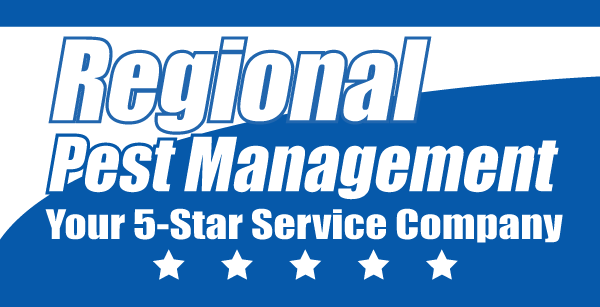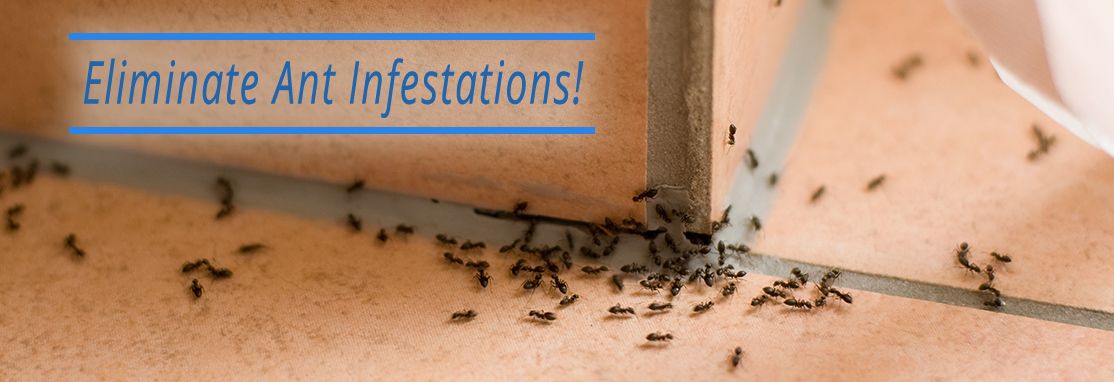Fire Ants

Fire ants are a painful problem. Both the native and imported varieties can sting. The imported type is particularly aggressive, and its sting can cause irritation, nausea, and even more severe reactions in humans. They have been known to repeatedly attack animals that may intrude on their nests. The red imported fire ant can also damage plants, telephone wires, homes, buildings, and even air-conditioning units!
Habits
There are two kinds of red imported fire ants: the single-queen and multiple-queen forms. Workers in single-queen colonies are territorial, foraging only within their territory. Workers from multiple-queen colonies are not territorial; they freely move from one mound to another, which has resulted in a dramatic increase in the number of mounds per acre. Areas infested with single-queen colonies contain 40 to 150 mounds per acre (rarely more than 7 million ants per acre). In areas with multiple-queen colonies, there may be 200 or more mounds and 40 million ants per acre.
The red imported fire ant builds mounds in almost any type of soil, but prefers open, sunny areas such as pastures, parks, lawns, meadows and cultivated fields. Mounds can reach 18 inches in height, depending on the type of soil. Many times mounds are located in rotting logs and around stumps and trees. Colonies also can occur in or under buildings. When their mounds are disturbed, the workers will come out of the ground and sting the intruder very aggressively. The red imported ant can have huge colonies with 300-500,000 workers foraging at distances of 100 yards.
Their usual activity is from the spring through the fall months. During the spring and summer months, the active mounds will send out winged swarmer ants, whose sole job is to start new colonies. Sometimes the red imported fire ant will nest inside during the winter months under bathtubs (when on a slab), or next to a hot water heater. The southern fire ant will usually nest in loose soil, but at times they can be found in woodwork or masonry. Their nest may be seen as large crevices in the ground that spread out 2-4 feet. The nest can be found under houses, under boards or stones, or in cracks in concrete.
Colonies frequently migrate from one site to another. The queen needs only a few workers to start a new colony. They can develop a new mound several hundred feet away from their previous location almost overnight. Flooding causes colonies to leave their mounds and float until they can reach land to establish a new mound. Colonies also can migrate to indoor locations.
Appearance and Identification
Fire ants are reddish to black in color and are about 1/8 inch long. The imported variety can be identified by the following characteristics:
- Mounds of loose soil, resembling gopher diggings, are found above ground.
- Mounds are generally numerous and easily sighted.
- Worker ants are dark, small, highly variable in size, aggressive, and sting relentlessly.
- Workers have the same body proportions from the tiniest to the largest.
- Head width never exceeds the abdomen width, even in the largest workers.
Reproduction
Total time from egg to adult averages 30 days. Workers live up to 180 days, and queens live two to six years.
Diet
The imported fire ant will not only forage for food, such as small insects, dead animals, and sweet materials such as plant secretions, but will also kill insects and small animals to feed. The southern fire ant goes for a variety of foods including protein, greases and sweet foods.
If you have fire ants, don't wait a minute. Call Regional Pest Management!
For information on other types of ants, please select one of the following links:





